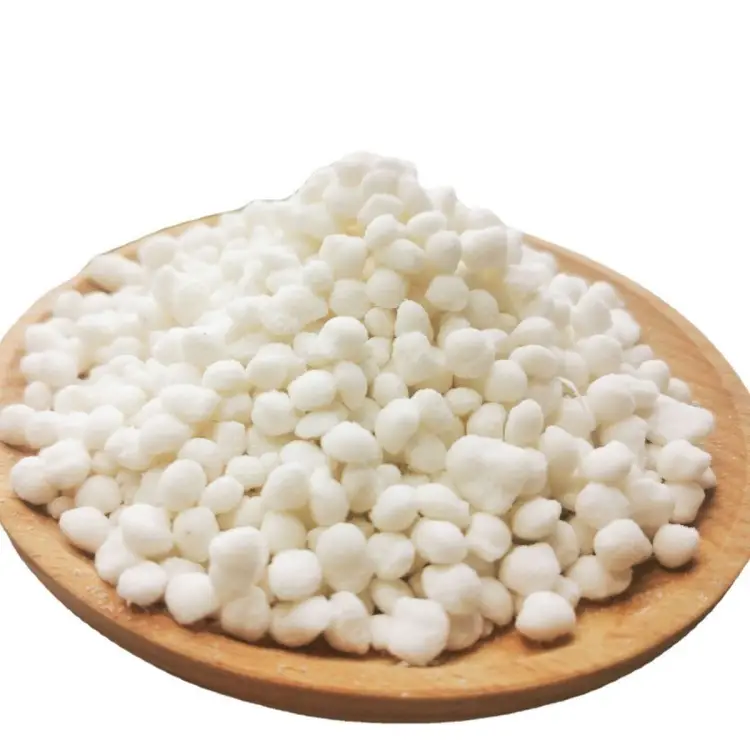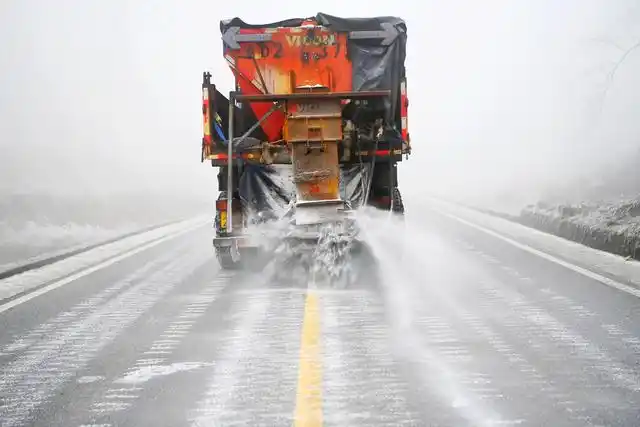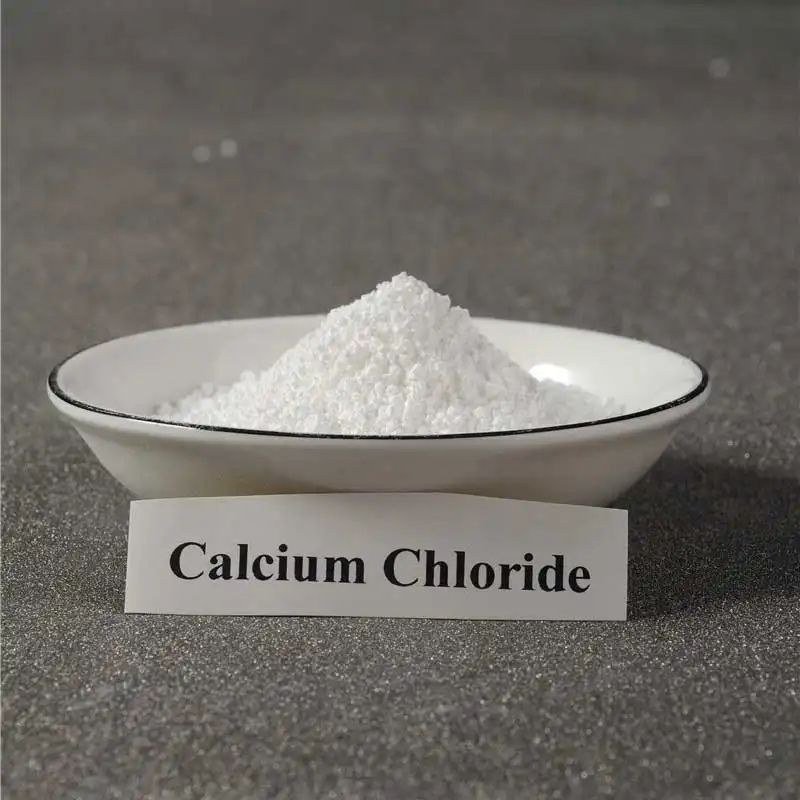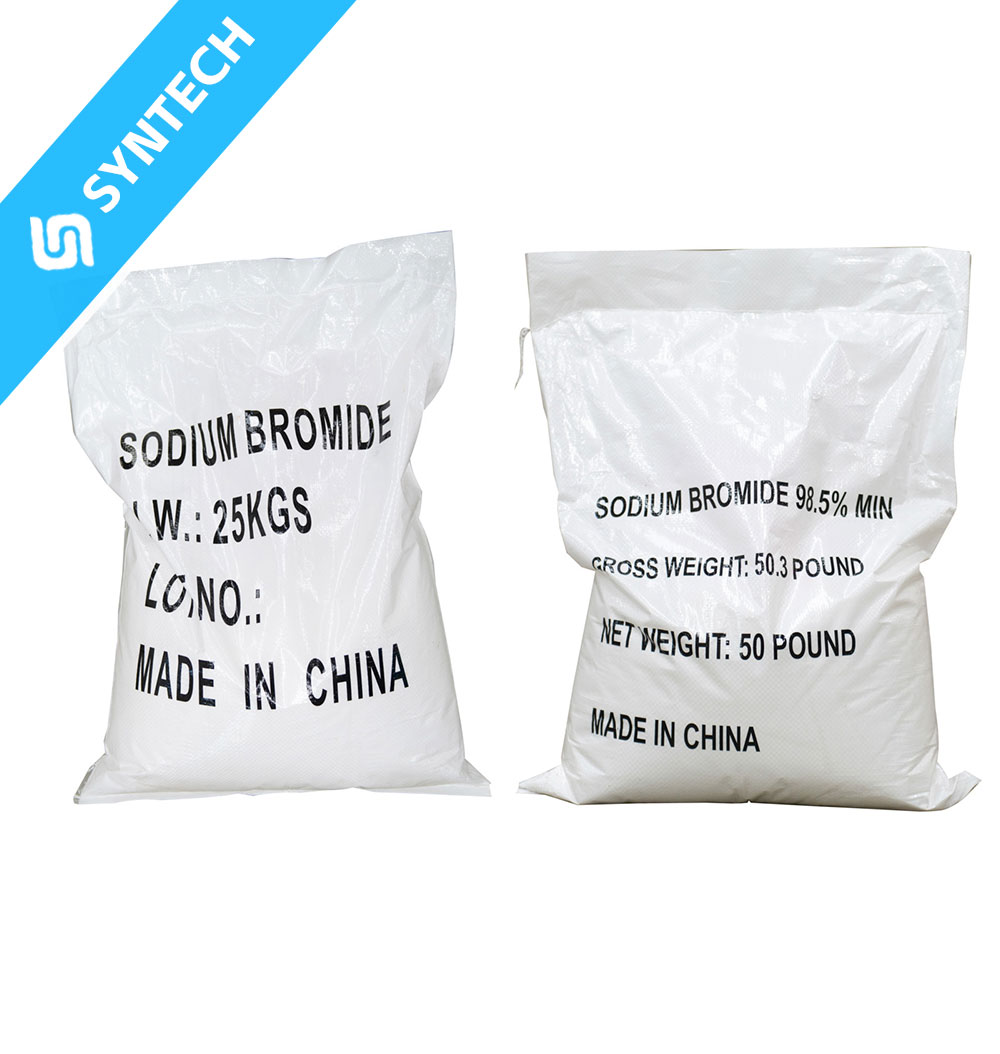Deicing agents (or snow-melting agents) primarily work through the following mechanisms:
1. Lowering the Freezing Point (Freezing Point Depression)
- Principle: When dissolved, deicers form an electrolyte solution that depresses the freezing point of water (based on Raoult’s Law). For example, the freezing point of water can drop from 0°C to -10°C or lower, delaying ice formation.
- Common Agents:
- Sodium Chloride (NaCl): Cost-effective and widely used, effective down to ~-10°C.
- Calcium Chloride (CaCl₂): Highly hygroscopic, can lower the freezing point below -20°C.
- Magnesium Chloride (MgCl₂): Similar effects but less corrosive.

2. Exothermic Dissolution
- Principle: Some deicers release heat when dissolved, accelerating snow/ice melt.
- Common Agents:
- Calcium Chloride (CaCl₂): High heat of dissolution (-82.9 kJ/mol), rapidly generates warmth.
- Urea (NH₂CONH₂): Environmentally friendlier but less efficient; often used in airports.

3. Disrupting Ice Structure
- Principle: Deicers penetrate ice/snow layers, breaking hydrogen bonds in the crystal lattice to liquefy it.
- Common Agents: Organic salts (e.g., potassium acetate) or alcohols, though costly.
4. Preventing Ice Formation (Antifreeze Effect)
- Principle: Adsorb onto ice crystal surfaces, inhibiting orderly water molecule arrangement.
- Common Agents: Eco-friendly alternatives (e.g., blended organic salts).

Comparison of Common Deicers
| Type | Pros | Cons | Typical Applications |
|---|---|---|---|
| NaCl | Low cost, widely available | Corrosive to metals/concrete, harms plants | General roadways |
| CaCl₂ | Highly effective, works at low temps | Hygroscopic, may cause slippery surfaces | Highways, extreme cold regions |
| KAc (Potassium Acetate) | Eco-friendly, low corrosion | Expensive | Airports, sensitive structures |
| Urea | Plant-safe | Low efficiency, water pollution risk | Agricultural/short-term use |
Environmental Impact & Alternatives
- Issues: Chloride salts corrode infrastructure (e.g., bridges), cause soil salinization, and harm ecosystems.
- Solutions:
- Use corrosion inhibitors in blends.
- Adopt organic deicers (e.g., potassium acetate) or mechanical methods (snow plowing, heated pavements).
Summary: The choice of deicer depends on balancing effectiveness, cost, and environmental impact, with different solutions (e.g., salts vs. organics) suited for specific scenarios (urban roads vs. airports).






